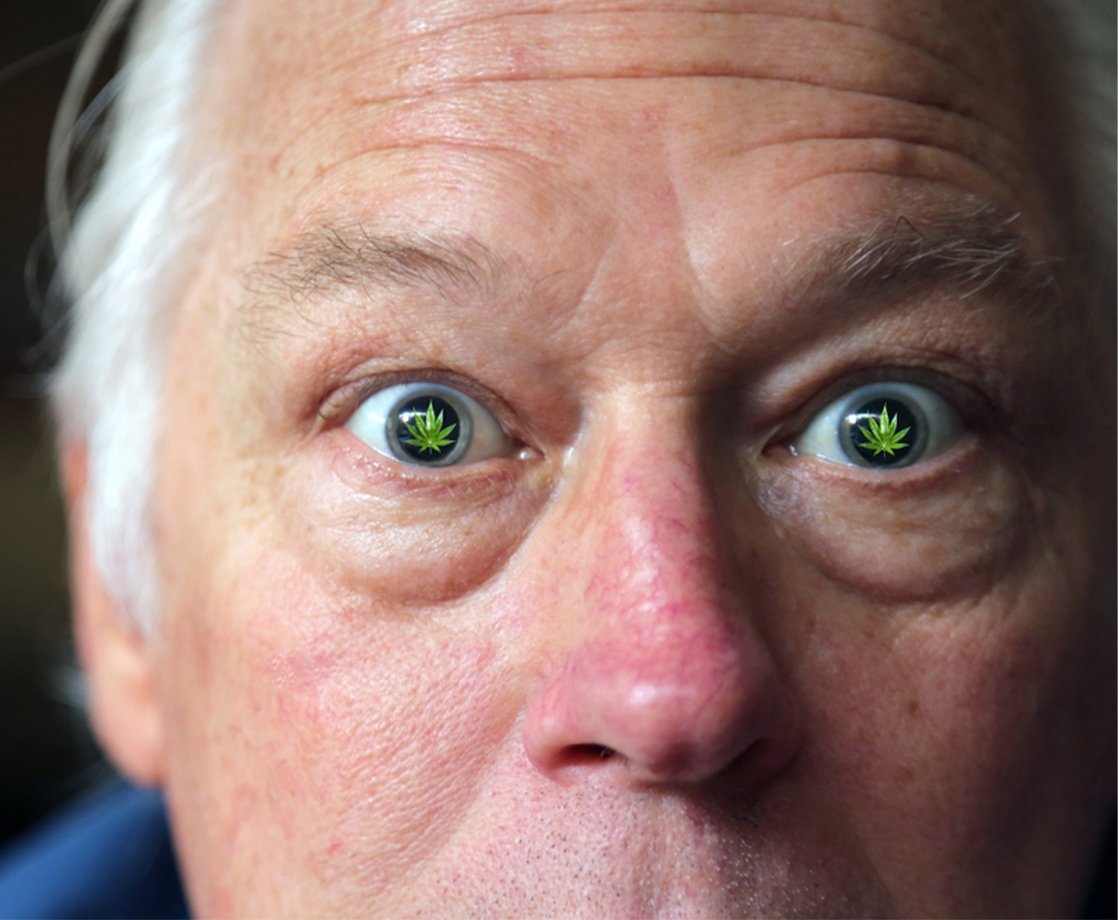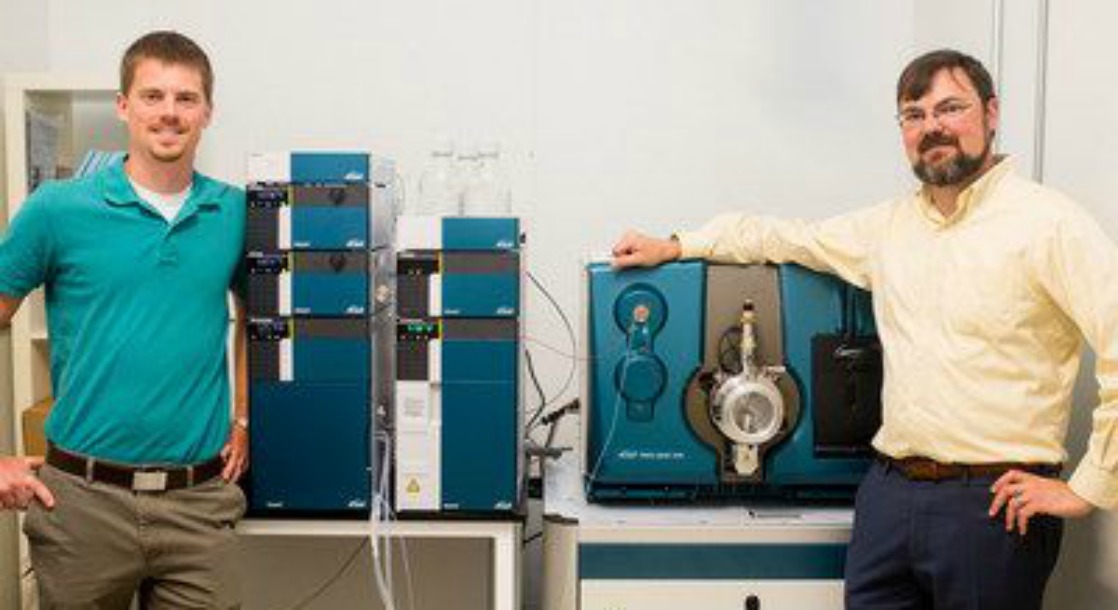Researchers at the Wake Forest School of Medicine published a new study late last week about a pain medication that could be too strong for most patients. But instead of Oxycontin, fentanyl, or dozens of other opioids, the study’s authors claimed that medical cannabis was simply too powerful to properly treat pain.
According to concurrent reports from Scitechdaily and New Atlas, the study, titled “Mapping cannabis potency in medical and recreational programs in the United States,” was published late last week in the journal PLOS ONE. By analyzing product potency listings from 8,505 batches of flower on 653 legal cannabis dispensary websites across the US, Dr. Alfonso Edgar Romero-Sandoval and his co-authors found statistical evidence for what cannabis aficionados have known for years: Pot is getting more potent.
The researchers discovered that most cannabis flower sold in legal pot shops — both medical and adult-use — contained more than 10 percent THC, with a significant number of listings eclipsing the 15 percent or 20 percent mark. Then, using the collected data and citing several past studies that claim high-THC cannabis can cause psychosis, Dr. Romero-Sandoval made broad, sweeping claims about the harms of high-potency medical cannabis.
“We know that high-potency products should not have a place in the medical realm because of the high risk of developing cannabis-use disorders, which are related to exposure to high THC-content products,” Dr. Romero-Sandoval said. “Several earlier studies showed that levels of up to 5 percent THC… were sufficient to reduce chronic pain with minimal side effects.”
Of course, what “we know” about cannabis is constantly changing because federal prohibition has stalled true clinical trials. But as legalization continues to spread across the globe, plenty of other research studies, anecdotal evidence, and sales trends have all suggested that high potency pot can help combat chronic pain without causing psychosis or other mental illness. Plus, it’s worth mentioning that the study is limited by only utilizing online data — and little input from the actual patients themselves.
And while the Wake Forest study considered only flower, medical cannabis programs across the US have been successfully treating pain patients for years with highly-concentrated tinctures, vape oils, transdermals, RSOs, and other products that contain far more than 5 percent THC. Although many cannabis products are still new and evolving, Dr. Romero-Sandoval’s limited assumptions also ignore a ripe, centuries-long history of medicinal hash consumption.
In their conclusion, the Wake Forest School of Medicine authors called for stricter regulation over medical marijuana potency, potentially from the Food and Drug Administration (FDA). But until cannabis is finally legalized at the federal level, no such designation is possible. And without much more research into cannabis, THC, and pain relief, it would be irresponsible to patients to impose arbitrary potency limits.
Follow Zach Harris on Twitter











